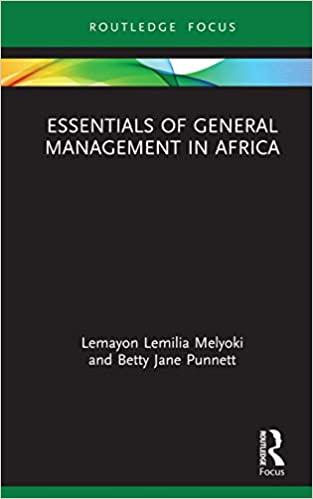Q1
Q2
Q3
Q4


Question: Production Efficiency Analysis A manufacturing unit produces three types of products: A,B, and C. The following table shows the number of hours required to produce each type of product and the total number of hours available in a week. Calculate the total number of each product that can be produced in a week if the unit operates at maximum capacity. Tasks: Calculate the maximum number of units for each product type that can be produced in a week. Determine the total production hours utilized for each product type. What percentage of the total available hours is used for each product type? A manufacturing facility produces a certain product. The following data is provided: - Daily demand for the product: 500 units - Days the facility operates per month: 20 days - Time to produce one batch of products: 2 hours - Number of units in each batch: 100 units - Setup time for each batch: 30 minutes - Working hours per day: 8 hours Calculate the following: 1. The total number of batches required to meet the monthly demand. 2. The total production time needed per month (including setup time). 3. The utilization rate of the facility (percentage of production time out of total available time) Question: A manufacturing plant produces two types of products: Product A and Product B. The production process for each product has different requirements in terms of labor hours and machine hours, which are critical resources in the plant. The details are as follows: - Product A requires 2 labor hours and 3 machine hours per unit. - Product B requires 3 labor hours and 2 machine hours per unit. In a typical week, the plant has a total of 600 labor hours and 500 machine hours available. The profit per unit for Product A is $20, and for Product B is $30. Task: Calculate the following: 1. What is the maximum number of units of Product A and Product B that the plant can produce in a week without exceeding the available labor and machine hours? 2. If the plant aims to maximize profits, how many units of each product should it produce? Assume the plant must produce whole units of products and can sell every unit it produces. Provide your answers along with the method you used for calculation. This question requires the application of linear programming concepts to optimize production and profit, which is a key aspect of operations management. The ABC Manufacturing Company produces widgets. They are planning to evaluate their production efficiency and need to calculate the Total Manufacturing Cost and the Cost Per Unit for a specific order. Below are the details provided: 1. Direct Materials: They spent $20,000 on raw materials. 2. Direct Labor: The labor cost for the workers who were directly involved in the production was $15,000. 3. Manufacturing Overhead: The overhead costs, including utilities, depreciation of machinery, and rent for the production facility, amounted to $10,000. 4. Order Quantity: They produced 5,000 widgets for this specific order. Calculate the following: a) Total Manufacturing Cost for the order. b) Cost Per Unit for each widget. Note: Total Manufacturing Cost is the sum of Direct Materials, Direct Labor, and Manufacturing Overhead. Cost Per Unit is calculated by dividing the Total Manufacturing Cost by the number of units produced. Question: A manufacturing company is analyzing its production process to improve efficiency. They currently produce a particular item in batches. Here are the relevant details: - The annual demand for the item is 10,000 units. - The company operates 250 days a year. - Each batch produced contains 100 units. - The setup cost for each batch is $200. - The holding cost per unit per year is $5. Calculate the following: 1. The Economic Production Quantity (EPQ). 2. The total number of batches to be produced in a year. 3. The total annual cost of setup and holding for the item. Assumptions: - Production and demand are steady throughout the year. - Setup costs and holding costs are constant. This question involves understanding and applying concepts of batch production, Economic Production Quantity (EPQ), and inventory management costs. It tests the ability to perform calculations relevant to operational efficiency and cost management in manufacturing. Question: A manufacturing plant operates a production line that produces widgets. The line has a design capacity of 800 widgets per day and an effective capacity of 700 widgets per day due to maintenance and other routine interruptions. On average, the production line operates at an efficiency of 85%. 1. Calculate the Actual Output of the production line per day. 2. If the demand for widgets increases to 750 widgets per day, what is the utilization rate of the production line? 3. Suppose the plant wants to meet this increased demand without sacrificing efficiency. By how much should they increase their effective capacity? Provide your answers with the relevant calculations












